The seminar kicked off by Mark Johnson (LDA on the Ten Easy Measures promoted by London Development Agency's Home Energy Efficiency Programme) who was talking through some difficulties of finding money to start a scheme which aimed to transferring housing to be fit for the 21st century, 3 phase were introduced by him Phase 1 Integration, Phase 2 Developing new model, Phase 3 Lobbying and financing. And then John Doggart start with this question How to save most carbon? and also 60% carbon saving policy for existing housing by 2050.But there are some problems have to rectify before any decision he said.
The four problems:
• Desire
• Knowledge
• Delivery Capacity
• Incentives
Improving Desire:
Old Home Super home Campaign
• Network of exemplar houses C60 or better
• Accessible for the public to learn and be inspired from a trusted source
• Touch and feel experience
• Aim for 1000 Superhomes in 5 years, one per Tesco
Improving Desire: Old Home Superhome Currently 27 houses throughout country, recruiting more
• 30,000 people visited in first year; 9 Video Fly-throughs
• 93% very pleased
• 25% want help with their projects
• Average £200 spend and 0.1 tonnes CO2 saved per visitor
And then he presented some of their projects which they managed to Transformed to use 60% less carbon.
next Mathew Frith presented his passion for wild life and talking about parks and other urban green spaces and his concern to supporting biodiversity in towns and cities (big scale).
and last Russell Smith came on who is Managing Director of Parity projects and explained about his conversion project in Carshalton, South London. which he managed to reduce CO2 by 72% per square meter.
As my understanding Carshalton Grove hasn't got any south facing roofs, therefore it makes it really difficult to gain solar radiation and energy so I can say when this house saliently reduced energy consumption any house could manage to do so. Also he mentioned about their open house day which it takes place on Sat 31st Oct and 12th December 2009.
we may need to contact them in order to get there as a group.(any one interested please leave a comment)
After the seminar we all visited an exhibition sponsored by campaign called Lower Carbon Drive at Home these are some photos which I took.
Related links:
http://www.sustainable-energyacademy.org.uk/
www.s-ea.org.uk
http://www.wildlondon.org.uk/
Mehrdad E Borna
The four problems:
• Desire
• Knowledge
• Delivery Capacity
• Incentives
Improving Desire:
Old Home Super home Campaign
• Network of exemplar houses C60 or better
• Accessible for the public to learn and be inspired from a trusted source
• Touch and feel experience
• Aim for 1000 Superhomes in 5 years, one per Tesco
Improving Desire: Old Home Superhome Currently 27 houses throughout country, recruiting more
• 30,000 people visited in first year; 9 Video Fly-throughs
• 93% very pleased
• 25% want help with their projects
• Average £200 spend and 0.1 tonnes CO2 saved per visitor
And then he presented some of their projects which they managed to Transformed to use 60% less carbon.
next Mathew Frith presented his passion for wild life and talking about parks and other urban green spaces and his concern to supporting biodiversity in towns and cities (big scale).
and last Russell Smith came on who is Managing Director of Parity projects and explained about his conversion project in Carshalton, South London. which he managed to reduce CO2 by 72% per square meter.
As my understanding Carshalton Grove hasn't got any south facing roofs, therefore it makes it really difficult to gain solar radiation and energy so I can say when this house saliently reduced energy consumption any house could manage to do so. Also he mentioned about their open house day which it takes place on Sat 31st Oct and 12th December 2009.
we may need to contact them in order to get there as a group.(any one interested please leave a comment)
After the seminar we all visited an exhibition sponsored by campaign called Lower Carbon Drive at Home these are some photos which I took.
Related links:
http://www.sustainable-energyacademy.org.uk/
www.s-ea.org.uk
http://www.wildlondon.org.uk/
Mehrdad E Borna
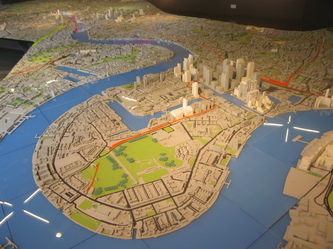
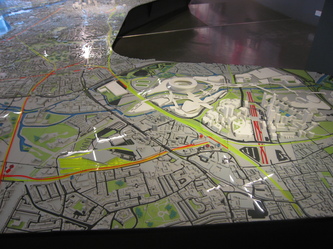
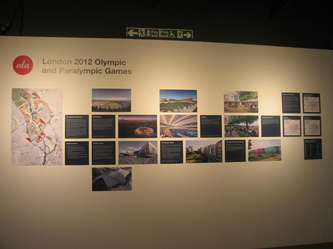
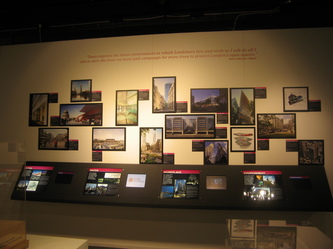
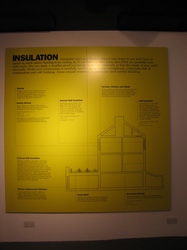
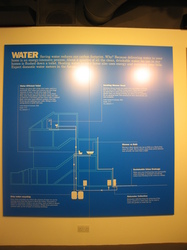
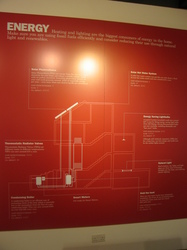
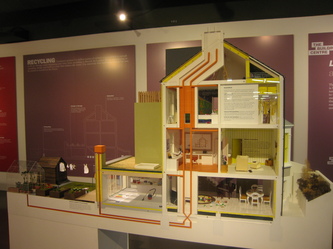
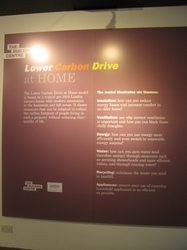
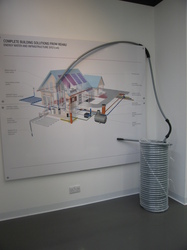
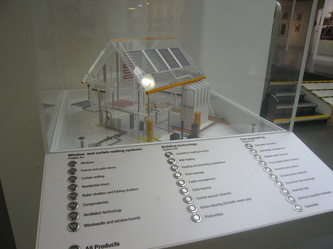
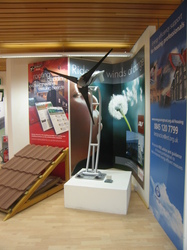
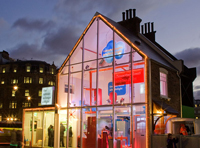
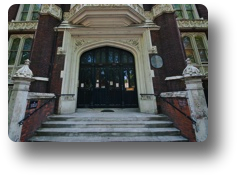

 RSS Feed
RSS Feed